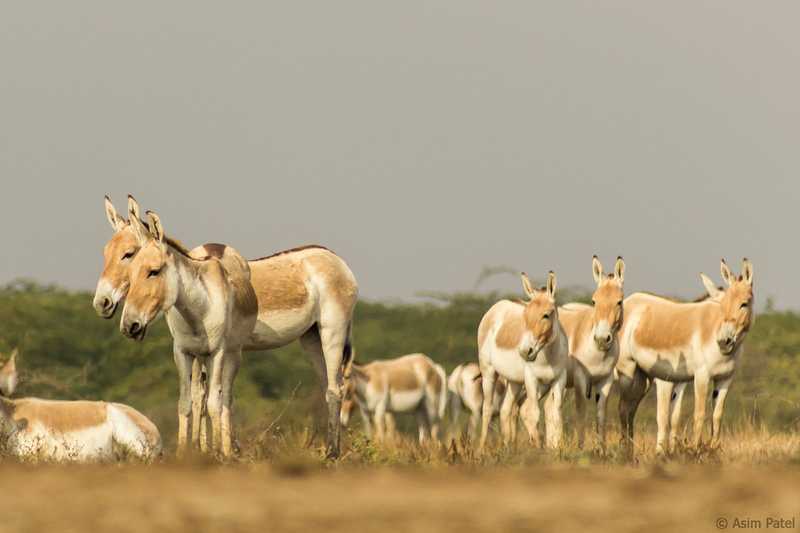Little Rann of Kutch

Harsh Land, paradise for Indian Wild Ass and birds. a dream stay for photographers and nature lovers.
The Indian wild ass (Ghudkhur or Khur) dwells in the Little Rann of Kutch
The Indian Wild Ass Sanctuary (IWAS), which spans over 5,000 square kilometers, was established in 1973 to protect this species.
Numerous migratory bird species, including the sarus crane, ducks, the Dalmatian pelican, and flamingos, as well as land birds like the sandgrouse, the francolin, and the Indian bustard, are also found in the sanctuary.
Various species, including the nilgai, desert fox, and Indian wolf, reside here.
This reserve is protected under the Wildlife Protection Act, the Indian Forest Act and the Forest Conservation Act.
Stay in Little Rann Resort at LRK (Little Rann of Kutch)
Xerophytic vegetation (vegetation flourishes in scarce liquid water) predominates in the reserve due to the dearth of groundwater. There are around 253 blooming species on the 74 high plateaus, often known as islands or bets. Some estimates place the number of nesting birds at between 70,000 and 75,000 in an area of around 250 acres.
The Rann of Kutch produces the bulk of India's inland salt, and salt panning is an important seasonal activity here. The undersea Kutch table gets flooded with saltwater during the monsoon season. When the water recedes in October, employees in the salt industry momentarily settle down and use diesel pumps to irrigate fields with saltwater. After then, the water evaporates due to the climate's natural processes, leaving just the salt crystals.
Ginger Prawn Fishing
Because there is such a large demand for prawns on both local and foreign markets, prawn fishing has an impact on the economy. Since they are indigenous to the region, ginger prawn (Metapenaeus kutchensis) fishing is quite cyclical. The Little Rann is briefly flooded and connects to the Gulf of Kutch during the monsoon season, which starts around July, allowing ginger prawn juveniles to enter the Rann. The prawn fishing season, which runs from August through September, officially begins now. The majority of the year is spent working on salt pans by fishermen, who are primarily seasonal employees.
During the Mughal era in the early 16th century, Muslim subsistence fishermen began to engage in ginger prawn fishing. Their technique, called "Pagadia fishing" due to its being carried out by hand and barefoot
One visit to Little Rann of Kutch will give you a life time experience to remember.
